Our Peppers Farm
let's plant together
These Are Our
Peppers farms
01.
Open field cultivation and greenhouse cultivation of peppers
Plant and importance of cultivation in Morocco
pepper (Capsicum annum) is an annual plant that belongs to the nightshade family. The pepper is native to Mexico and Central America. The taste, nutritional and dietary qualities of the fruit are excellent. This contains 10 to 13% of dry matter, 4 to 6% of sugars, 1.5 to 2% of proteins and large quantities of mineral salts, particularly potassium salts, and vitamins, especially vitamin C. Pepper is 4 to 5 times richer in vitamin C than lemon. Pepper cultivation is quite widespread in Morocco, especially in the Souss region, as well as in the coastal regions and in Saïs. It allows to have a production in two periods: November – mid-January and March – end of May. During the period from late January to March, production is low while demand is high.
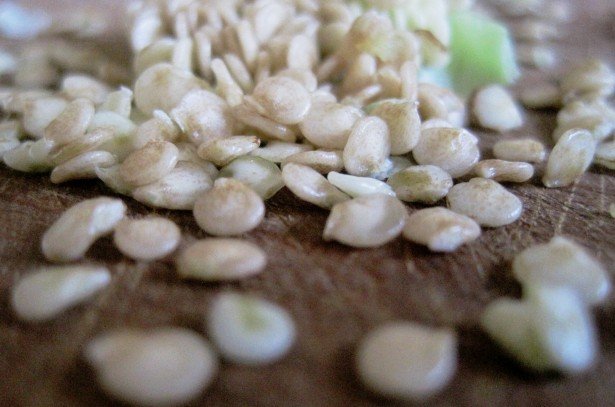
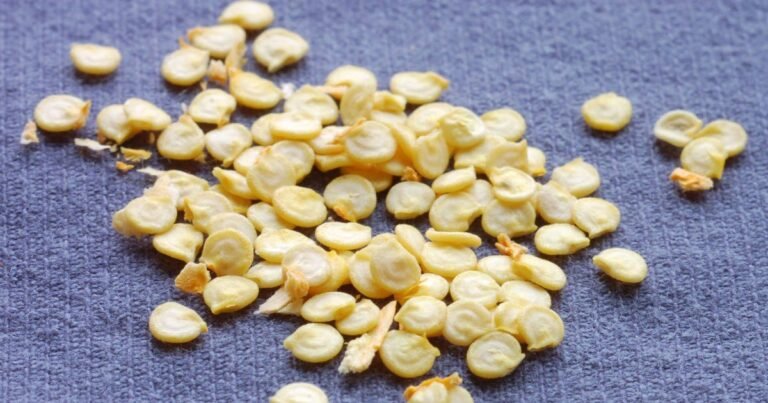
02.
Edapho-climatic requirements
The requirements of the pepper in heat are greater than those of the tomato. Its optimum growth is at 24°C. Its vegetative zero is at 8°C, but plant growth slows at temperatures below 13°C. The pepper is very sensitive to low temperatures. Temperatures above 35°C reduce fruiting and photosynthesis. The demands of light cultivation are very great. As far as photoperiod is concerned, pepper is a long-day plant. Peppers are very demanding in terms of soil quality. Its requirements are greater than those of the tomato. The preferred soil has the following characteristics: deep, well-drained, warm soil well supplied with humus and easily assimilated nutrients. Light soils are suitable for early cultivation; cool, silico-clay soils are suitable for seasonal cultivation. The pepper fears the acidity of the soil more than its alkalinity. The optimum is around a pH of 6.5-7. Pepper is very demanding in soil moisture. This must have 80-85% humidity in order to obtain good yields. When the relative humidity of the air is low (below 60%) and the temperature is high, the fruits do not grow. The pepper quickly tires the soil. It is very demanding in crop rotation. The rapid spread of many diseases prohibits monoculture. The best yields are obtained in virgin or newly acquired land, which has not been occupied by another solanaceous during the last 4 or 5 years. Bell pepper is a good precedent crop for root vegetables.
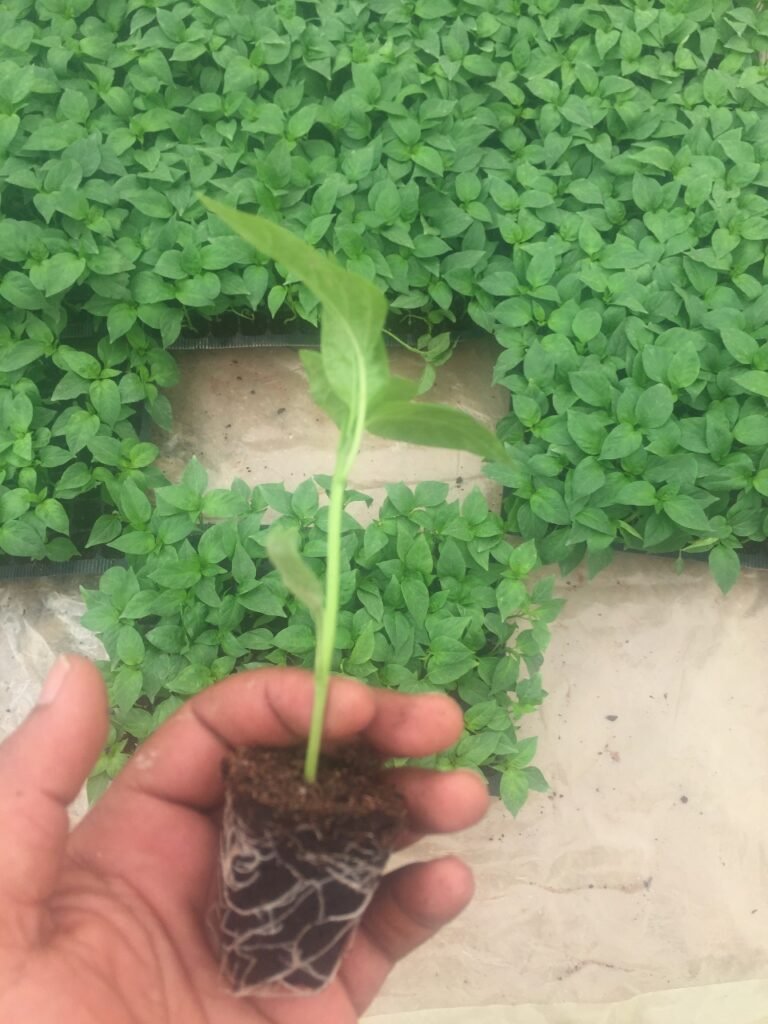
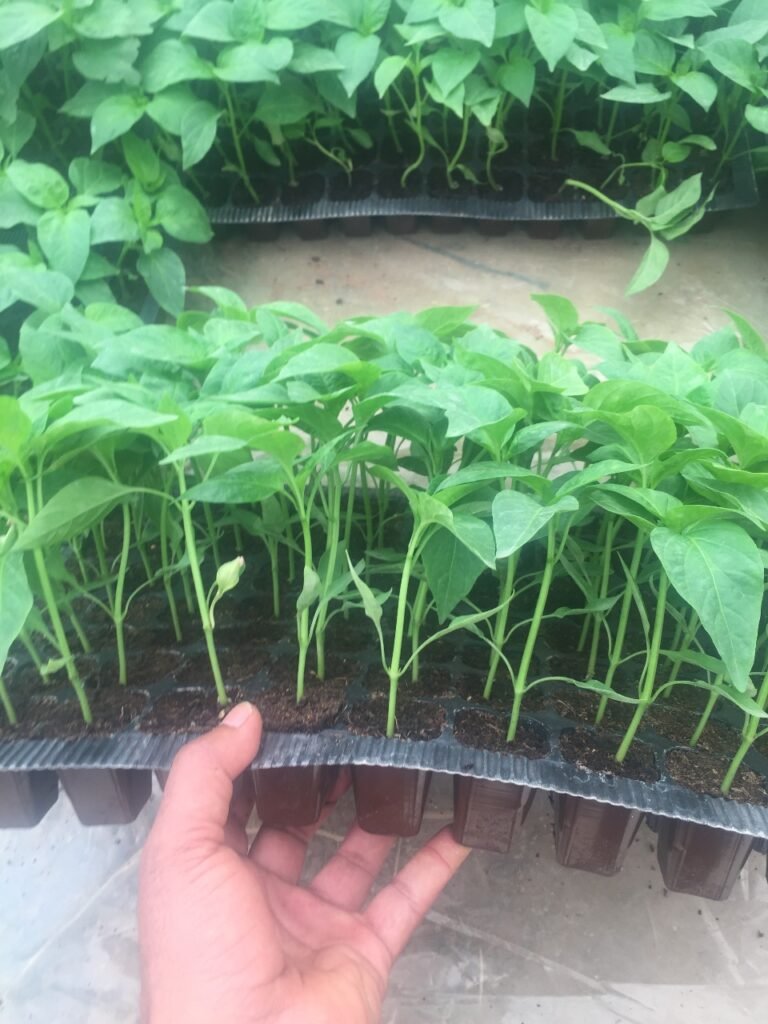
03.
Varieties, sowing, planting and tillage
The varieties available on the Moroccan market are numerous:
1- Elongated type: Andalus, Marconi, Belconi,
2-Ribbed type (Bell type): Yolo Wonder, Capistrano, Hybell, Bell Captain, King Arther, Murango, 3- Net type: Hy Fry, Biscayne, Gypsy, Sweet Wax, Red Cherry.
The choice of a variety must be made according to the characteristics of the region (edapho-climatic conditions, market, length of the crop cycle, etc.). The multiplication of the pepper is done exclusively by plant, even in field culture (season or early). Plants must be produced in a nursery in order to grow successfully. This plant nursery can be a large tunnel or a Canarian greenhouse, well sealed, warm, ventilated during the day, and with a floor covered with plastic mulch.
Sowing takes place in alveolate trays, at the rate of a single seed per alveolus. These cells are filled with black peat. After sowing, care must be taken to cover the trays with a plastic film. This film will be removed just as the emerging seedlings appear. Care must also be taken to protect the seeds in the cells . Seeding dates are based on the target production period. In the open field, for early vegetables, sowing dates range from August to February in the Agadir region and in January-February on the rest of the Atlantic coast. For seasonal crops, sowing is spread out from the end of January to the end of March, especially in the interior regions of the country. In late season, sowing takes place in June-July. Planting in the final place generally takes place 1 to 2 months after sowing in cold weather and 15 to 25 days in hot weather, at the 2-3 true leaf stage.
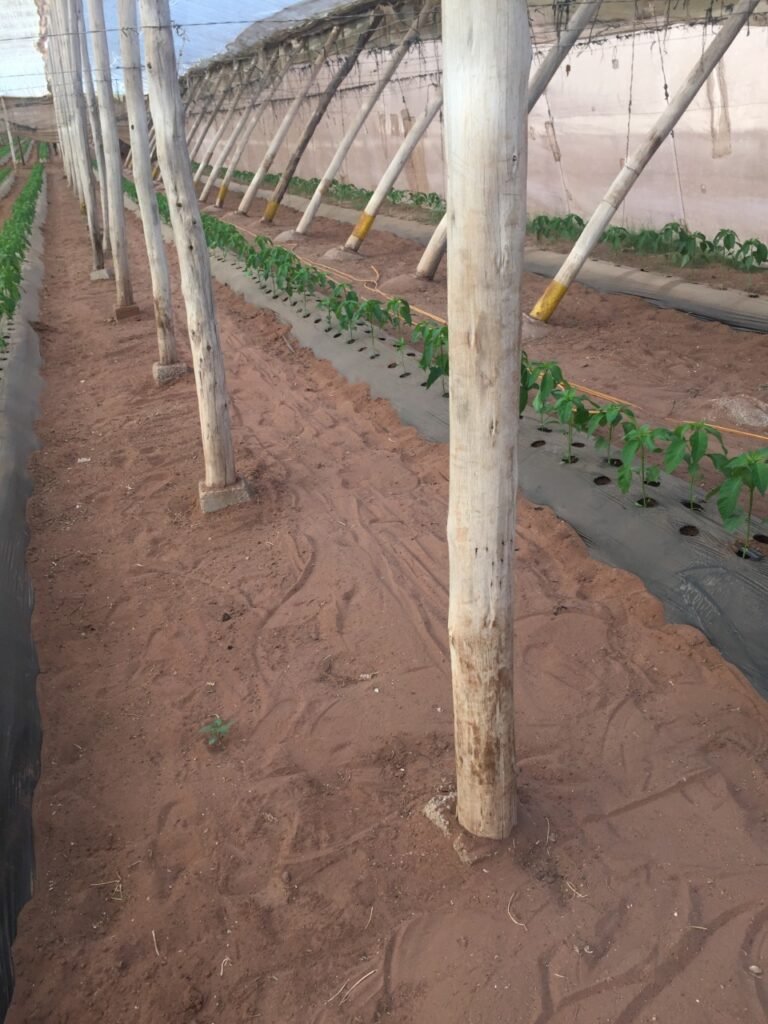
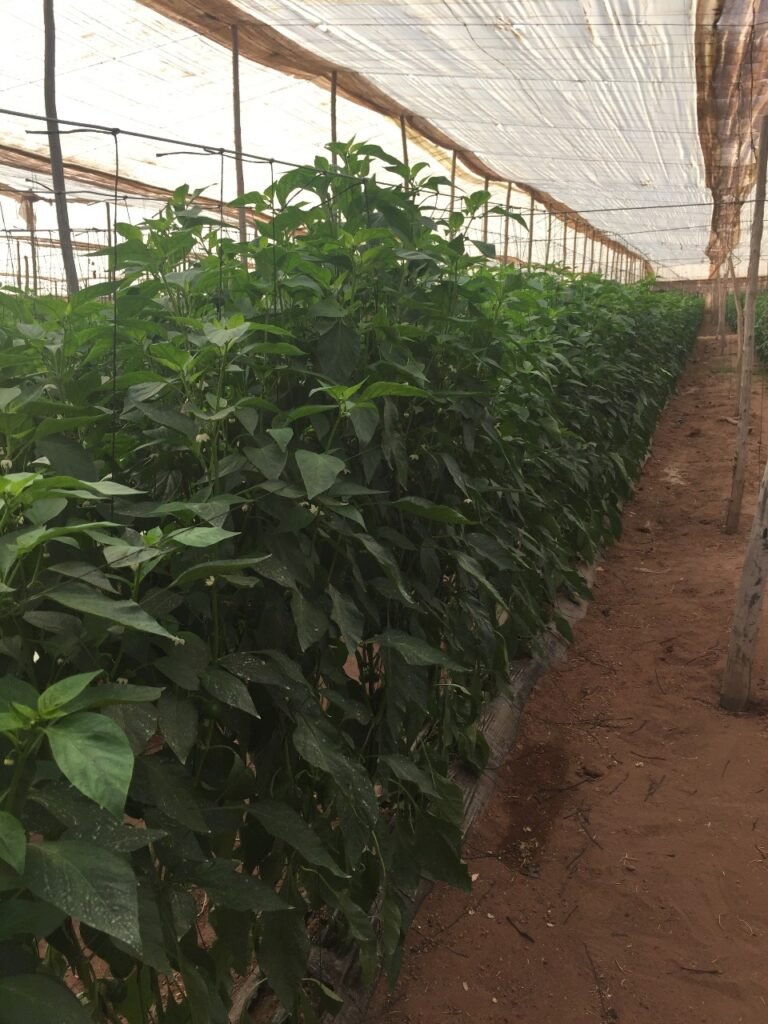
04.
Irrigation and cultural care
The main purpose of any irrigation system is to provide the plant with the amount of water it needs in a timely manner. Any error in irrigation has serious consequences on production since the restorative capacity of pepper roots is weak. In order to ensure a normal restoration of the roots and a good recovery of the seedlings. At this stage, any water deficit risks causing yield losses. With regard to cultural care, the purpose of staking is to support the fruit-bearing ramifications, which allows correct exposure of the leaves to light and a limitation of production losses by breakage. Trellising consists of placing the plants between stakes and string or reed to support them and prevent them from falling under the weight of the fruit. Buds that grow on the main stem as the plant develops. Leaf stripping consists in eliminating the basal leaves touching the ground or the non-functional old leaves. Leaf stripping begins as soon as the first leaves turn yellow, which allows better aeration of the base of the plant.
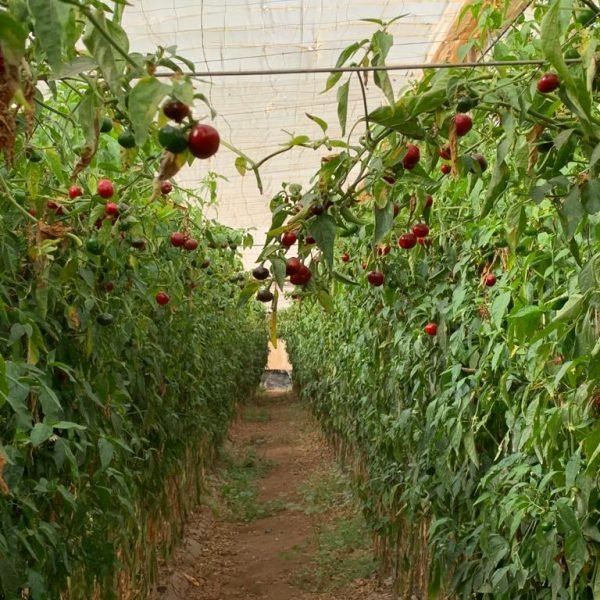
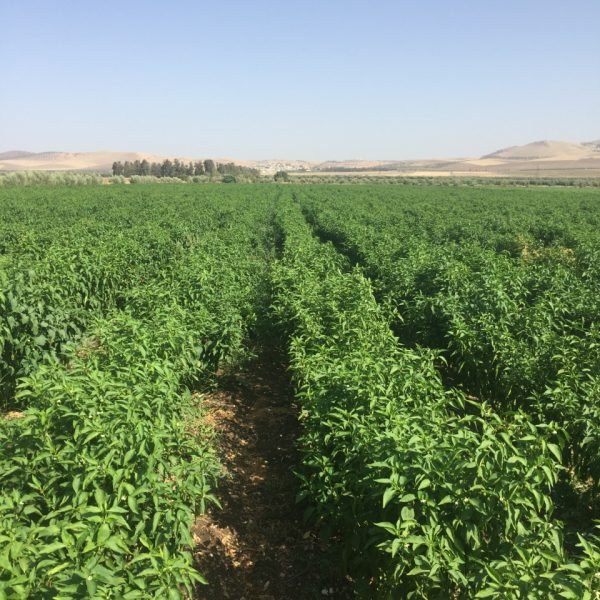
05.
Fertilization
The recommended basal dressing in most medium-rich soils. Peppers require a large amount of mineral and organic manure. It does not support recent manure. It gives rather good results when the manure is well decomposed. The needs of the pepper depend on its vegetative stage.
Phytosanitary protection
The nursery is well maintained: fight against moth larvae, aphids and rodents. Treatments with fungicides can be used to prevent certain cryptogamic attacks. It is to fight against the main pathogens by preventive treatments.
Harvest
The fruits are firmly attached to the plant. This takes place at the green fruit stage before maturity for fresh varieties and at full maturity for industrial varieties . Harvesting should be done regularly to promote fruiting on the ramifications. That of pickings in red 2-3 times. The yield varies a lot according to the variety, the region of production, the type of culture and its maintenance.
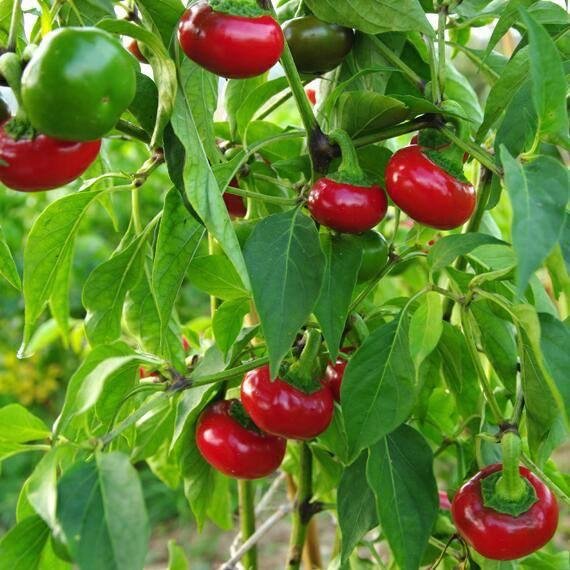
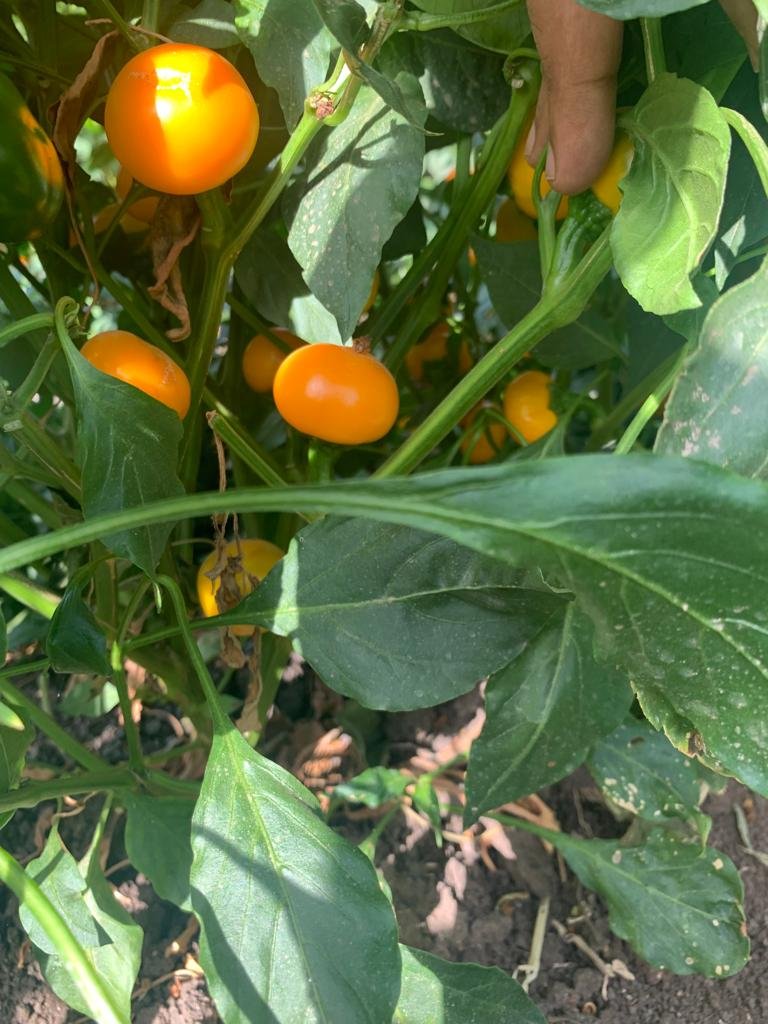
Subscribe To Get Special Offer
The Top Saveurs newsletter keeps you updated on advanced plant nutrition information,
and provides the latest news & events you and your crops should know about.
